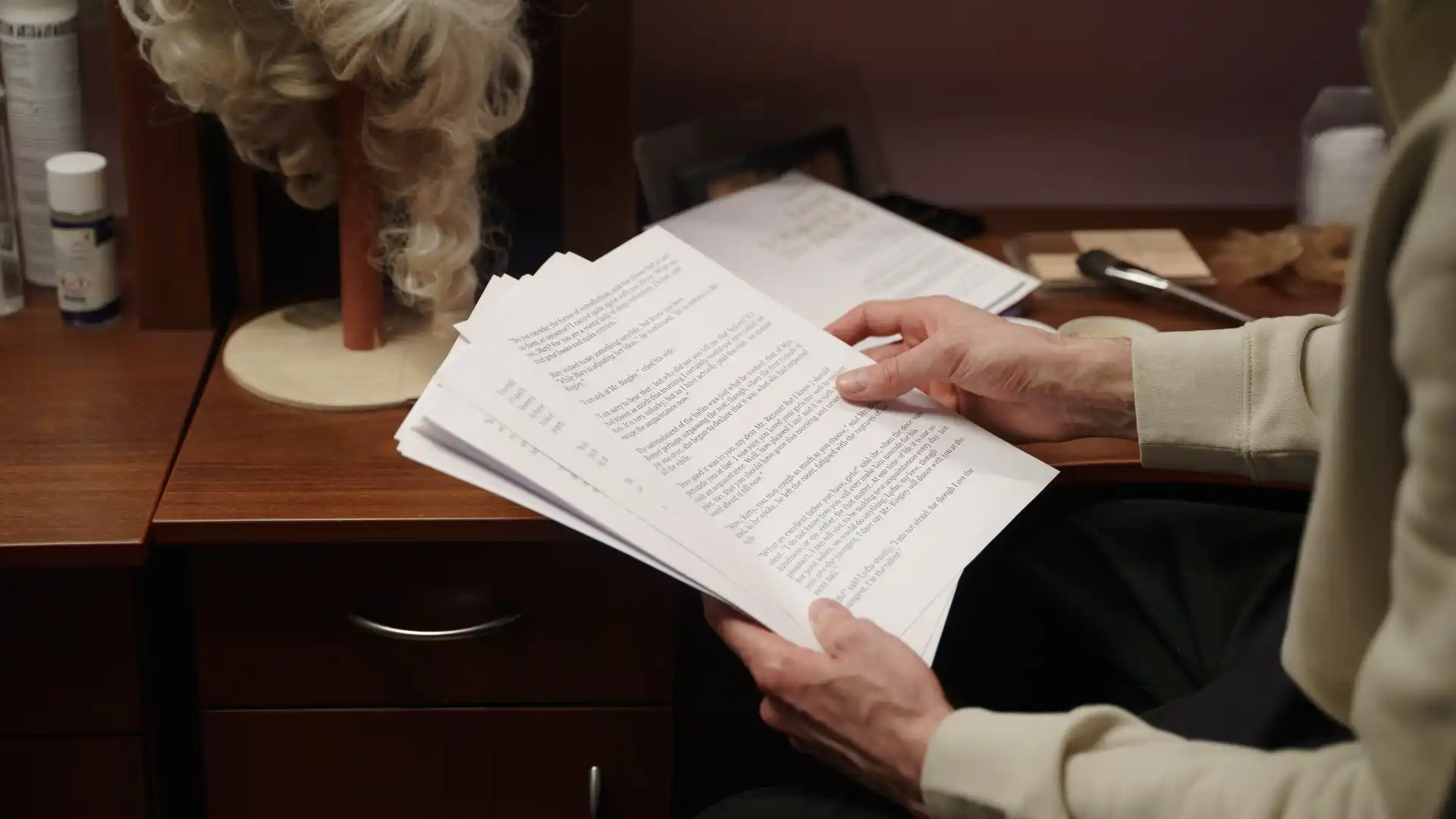Particle effects and simulations play a crucial role in creating stunning visual effects in the world of animation and visual effects. In the realm of 3D animation, software like Houdini has become a go-to tool for artists looking to bring their creative visions to life.
In this article, we will enter the world of particle effects and simulations in Houdini, exploring how they are used in the industry, the skills required to excel in this field, and the top career opportunities available for professionals with expertise in this area.
Understanding Particle Effects and Simulations in Houdini
Before we dive into the specifics of particle effects and simulations in Houdini, let’s first understand what they are and how they contribute to the overall visual experience. In animation and visual effects, particles are used to simulate natural phenomena such as fire, smoke, water, and explosions. These particles are essentially small, individual graphical elements that collectively create complex visual effects when combined.
Houdini, a powerful 3D animation software developed by SideFX, is renowned for its robust particle system and simulation capabilities. Artists can leverage Houdini’s node-based workflow to create intricate particle effects and simulations that add realism and depth to their projects.
Skills Required for Particle Effects and Simulations in Houdini
To excel in the field of particle effects and simulations in Houdini, artists need to possess a unique set of skills and technical expertise. Here are some essential skills required to thrive in this specialized area:
- Proficiency in Houdini: A deep understanding of Houdini’s interface, tools, and functionalities is essential for creating advanced particle effects and simulations.
- Knowledge of Physics: Understanding the principles of physics is crucial for creating realistic simulations of natural phenomena like gravity, fluid dynamics, and collisions.
- Scripting and Programming: Proficiency in scripting languages like Python can help automate tasks and streamline the workflow when working on complex simulations.
- Creativity and Visual Aesthetics: Having a keen eye for detail and a creative mindset is important for designing visually appealing particle effects that enhance the overall look of a project.
- Problem-Solving Skills: The ability to troubleshoot issues and find creative solutions to technical challenges is vital in the fast-paced world of animation and visual effects.
By honing these skills and continuously expanding their knowledge, artists can elevate their craft and create captivating particle effects and simulations that push the boundaries of visual storytelling.
Career Opportunities in Particle Effects and Simulations
Professionals with expertise in particle effects and simulations in Houdini have a wide range of career opportunities available to them across various industries. Here are some of the top job roles that individuals can pursue in this field:
- Visual Effects Artist: Visual effects artists use Houdini to create stunning visual effects for films, television shows, and commercials. They are responsible for designing and implementing particle effects, simulations, and other dynamic elements that enhance the visual narrative of a project.
- Simulation Specialist: Simulation specialists focus on creating complex simulations using Houdini to replicate real-world physics and natural phenomena. They work closely with animators and technical directors to ensure that the simulations are accurate and visually compelling.
- Game Effects Artist: Game effects artists leverage Houdini’s particle system to create immersive visual effects for video games. From explosive combat sequences to dynamic environmental effects, game effects artists play a crucial role in enhancing the player experience.
- Technical Director: Technical directors oversee the technical aspects of a production, including the implementation of particle effects and simulations in Houdini. They collaborate with artists and production teams to ensure that the visual effects meet the creative vision of the project.
- Simulation Developer: Simulation developers specialize in creating custom tools and plugins for Houdini to enhance its simulation capabilities. They work on developing algorithms, scripts, and procedural workflows to streamline the simulation process and improve efficiency.
These are just a few of the exciting career paths available to professionals skilled in particle effects and simulations in Houdini. Whether you aspire to work in film, television, gaming, or advertising, mastering Houdini’s particle system can open doors to a variety of creative opportunities in the industry.
Key Takeaways:
- Particle effects and simulations in Houdini are essential components of creating captivating visual effects in the animation and visual effects industry.
- Understanding the fundamentals of particle systems and simulations, as well as honing skills in Houdini, physics, scripting, creativity, and problem-solving, can pave the way for a successful career in this specialized field.
- Professionals skilled in particle effects and simulations have a wide array of career opportunities, including roles as visual effects artists, simulation specialists, game effects artists, technical directors, and simulation developers.
- By mastering Houdini’s particle system, artists can unlock doors to exciting creative endeavors in film, television, gaming, and advertising.
For those looking to deepen their knowledge and skills in particle effects and simulations, consider exploring the “NYU Animation Industry Essentials” online course and certificate program offered by Yellowbrick. This comprehensive program can provide valuable insights and practical training to help you excel in the dynamic world of animation and visual effects.








